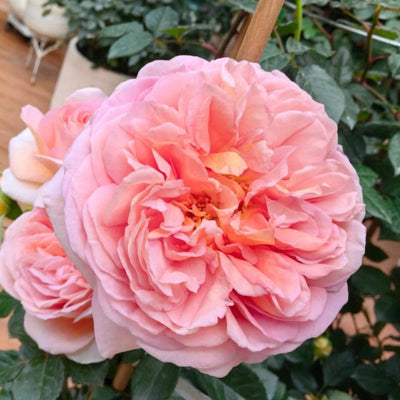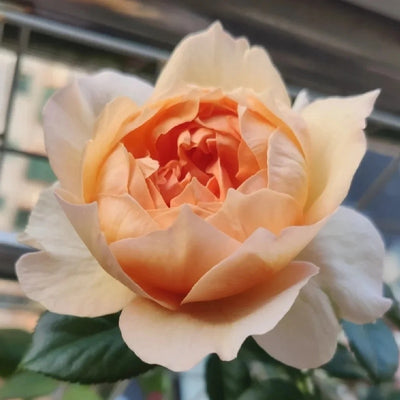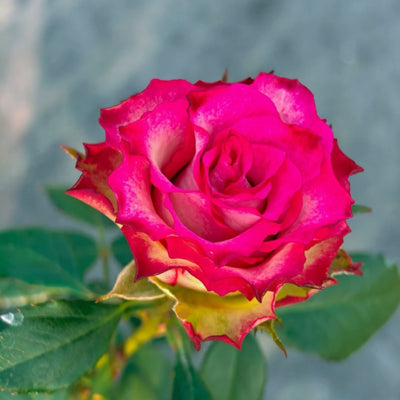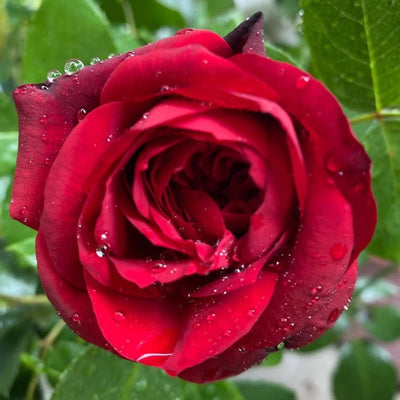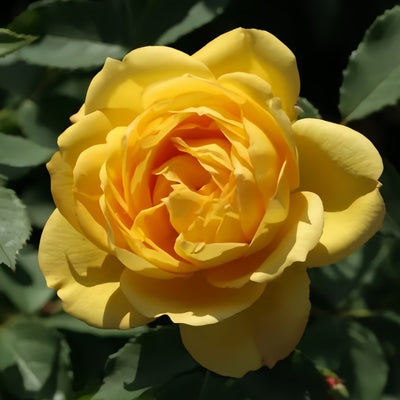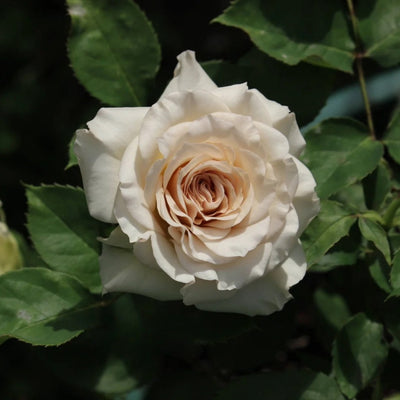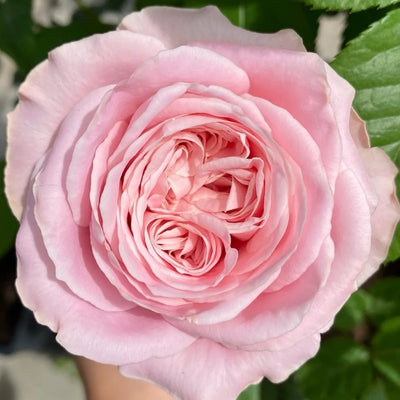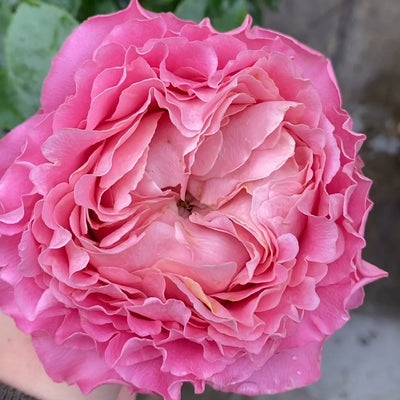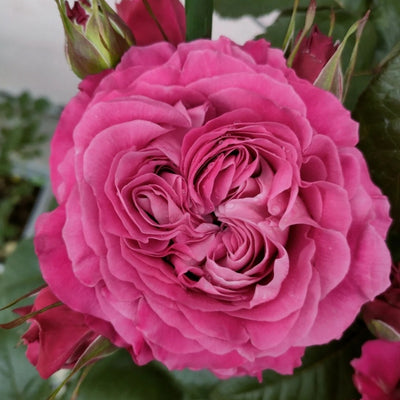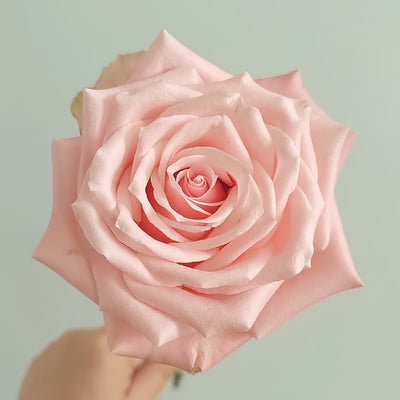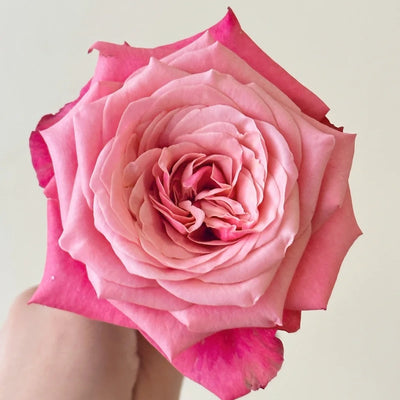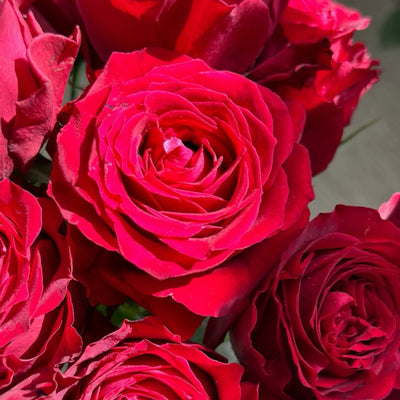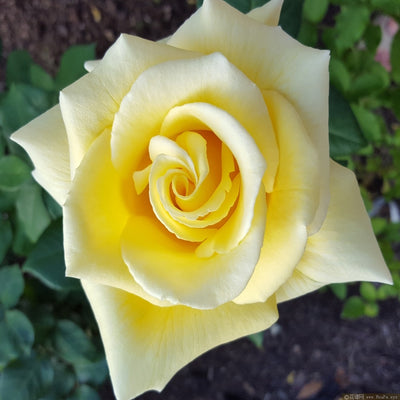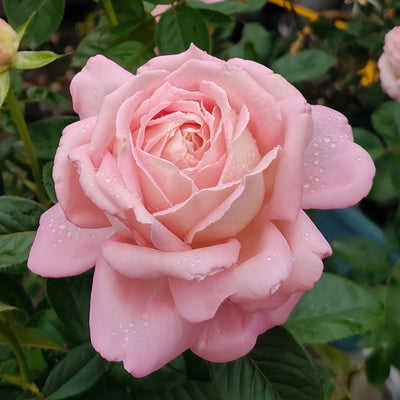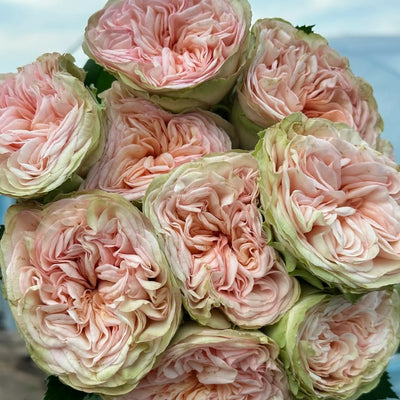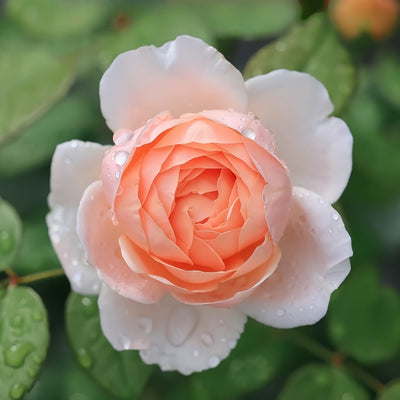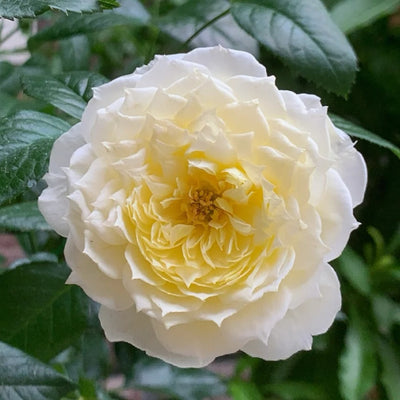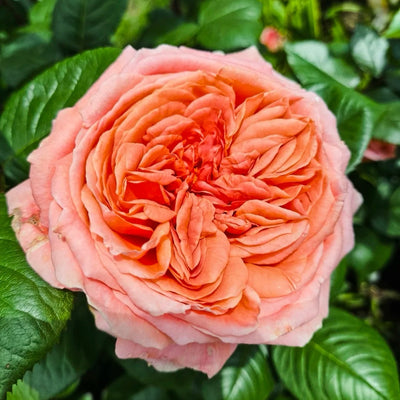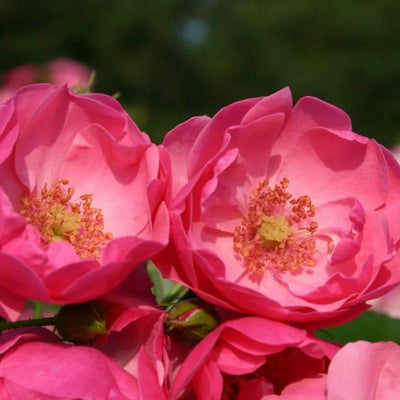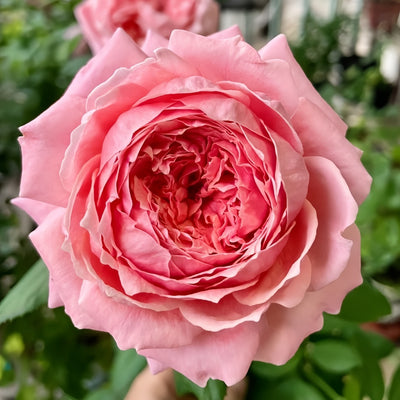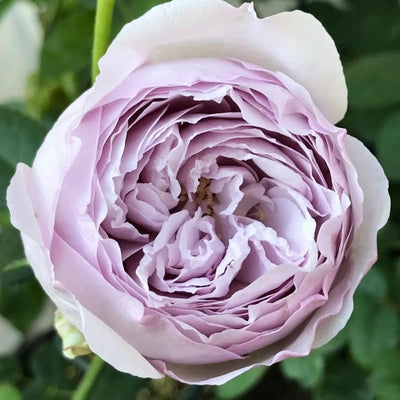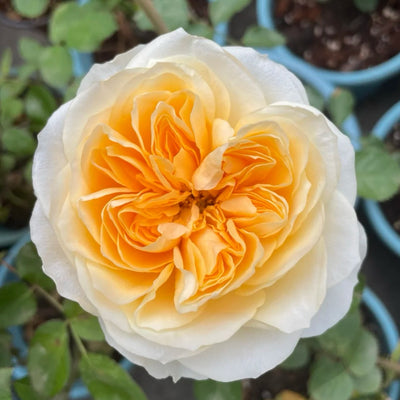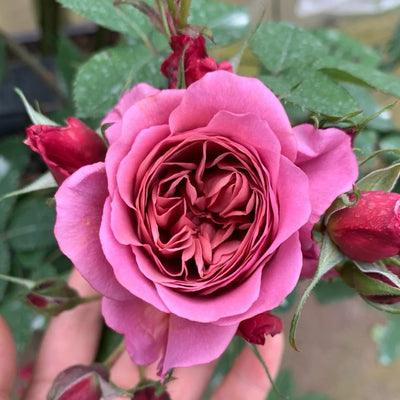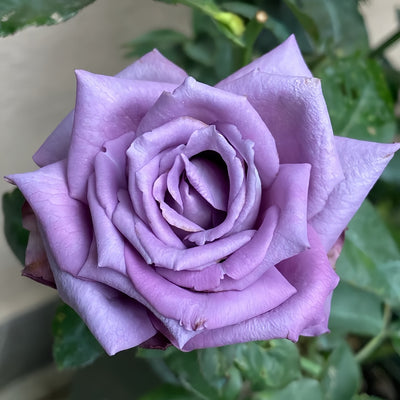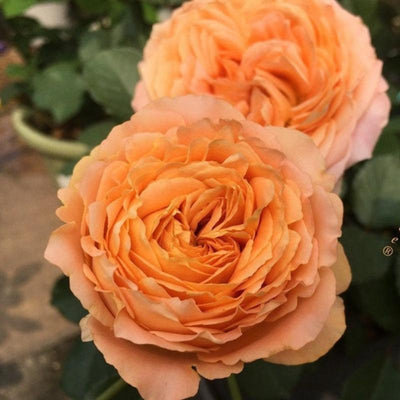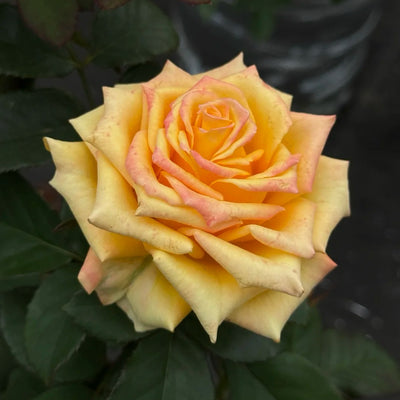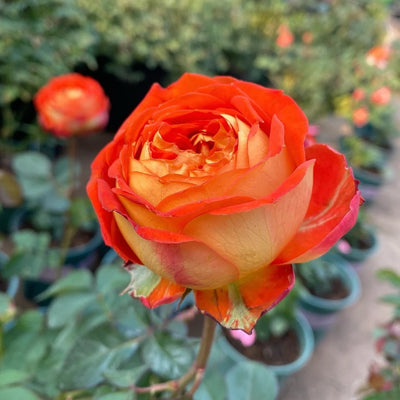🔥 Recommended Product
When gardeners first hear about the Koko Loko Rose, one of the most common questions is: Does it really change color? The answer is a delightful yes — and that’s exactly what makes this variety so unique and sought-after.

The Magic of Color Transformation
The Koko Loko Rose begins its bloom journey with delicate lavender-toned buds. As the petals slowly unfurl, the flowers shift into a dreamy latte-brown shade, often described as café au lait or milk-chocolate. This gradual transformation gives the plant a chameleon-like quality, offering multiple tones in a single blooming cycle.

Unlike many roses that fade with age, the Koko Loko Rose maintains its charm by evolving in color, adding layers of visual interest to the garden. The result is a rose that feels almost alive with personality, rewarding gardeners with an ever-changing display.
Why Does the Koko Loko Rose Change Color?

The answer lies in genetics and pigments. Anthocyanins (responsible for red and lavender hues) and carotenoids (responsible for warmer café shades) blend in varying intensities depending on temperature, sunlight, and the stage of bloom. Cooler weather tends to bring out stronger lavender tones, while warmer days emphasize the rich latte-brown.
Garden Benefits Beyond Color
While the shifting tones are its most famous feature, the Koko Loko Rose offers much more:
-
Continuous Blooming: From spring through fall, expect waves of flowers.
-
Strong Disease Resistance: Easier to care for than many traditional floribundas.
-
Perfect for Cut Flowers: The unusual latte color makes it a conversation starter in floral arrangements.
-
Compact Size: Reaches 3–4 feet tall, ideal for borders, beds, or containers.
Growing Tips for the Best Color
If you want to see the Koko Loko Rose at its best, follow these care guidelines:
-
Light: Provide at least 6–8 hours of full sun daily.
-
Soil: Plant in rich, well-draining soil with organic matter.
-
Watering: Keep evenly moist but avoid soggy conditions.
-
Pruning: Remove spent blooms to encourage continuous flowering.
-
Fertilizer: Use a balanced rose fertilizer during the active growing season.





















